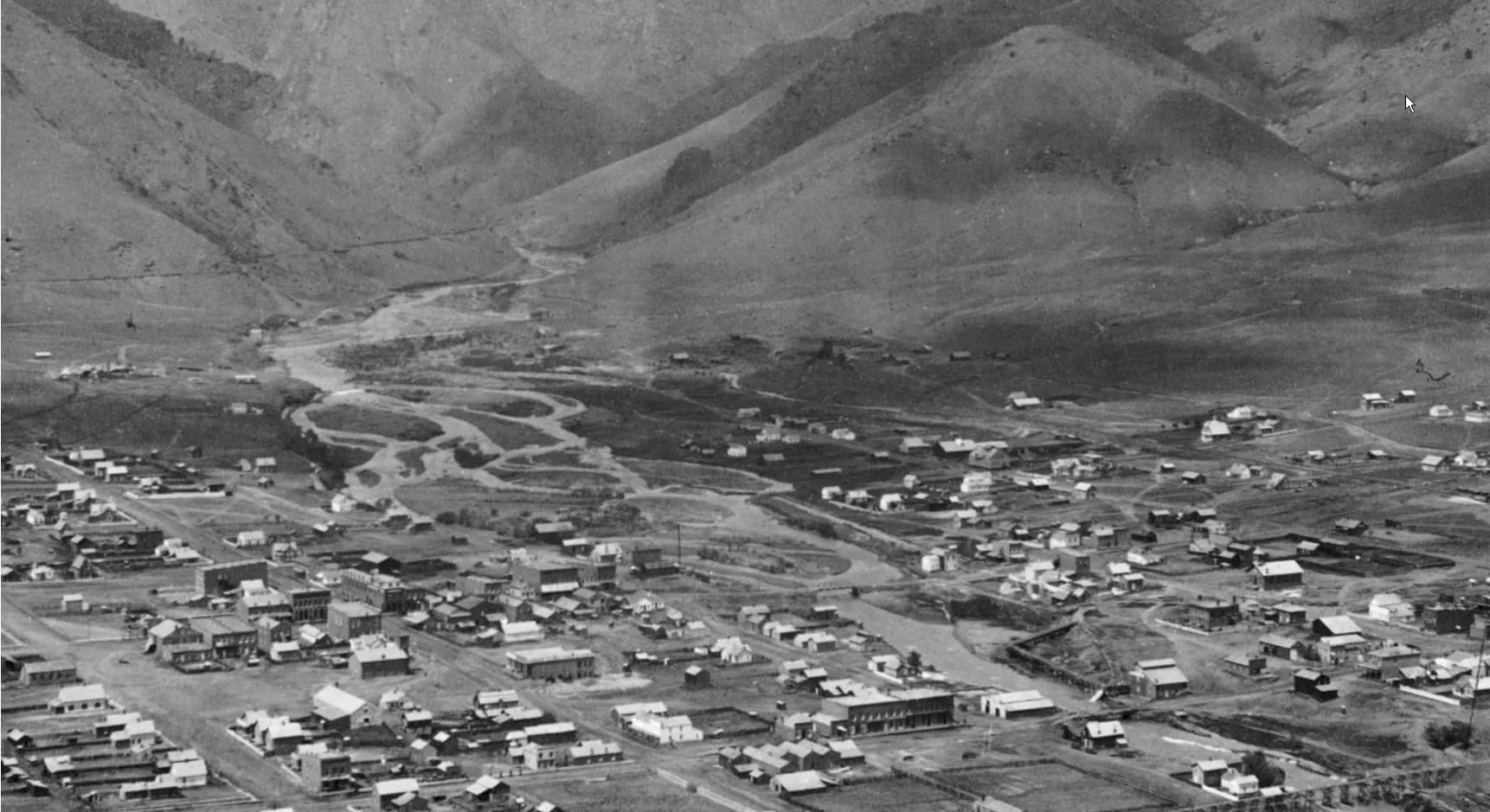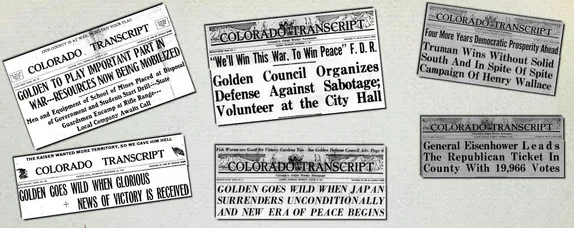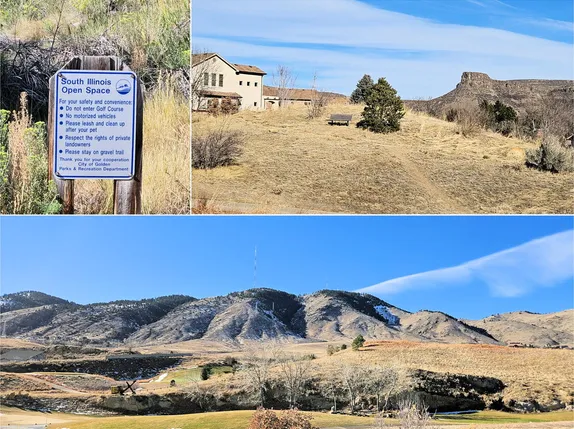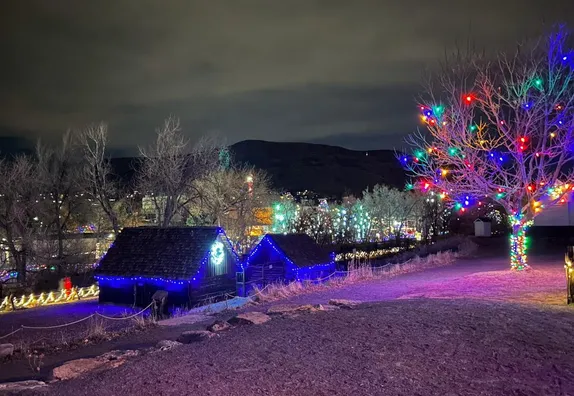102 Years Ago
The July 13, 1922 Colorado Transcript described a flash flood that hit Clear Creek Canyon and put the Colorado & Southern Railroad out of commission.
A six-foot wall of water from a cloudburst near Forks creek swept down Clear Creek canon late Monday afternoon and washed out seven miles of the Colorado & Southern railroad roadbed…. Long stretches of the roadbed are completely gone, and in other places the track is buried under six feet of debris and fallen trees, and many tons of rock.
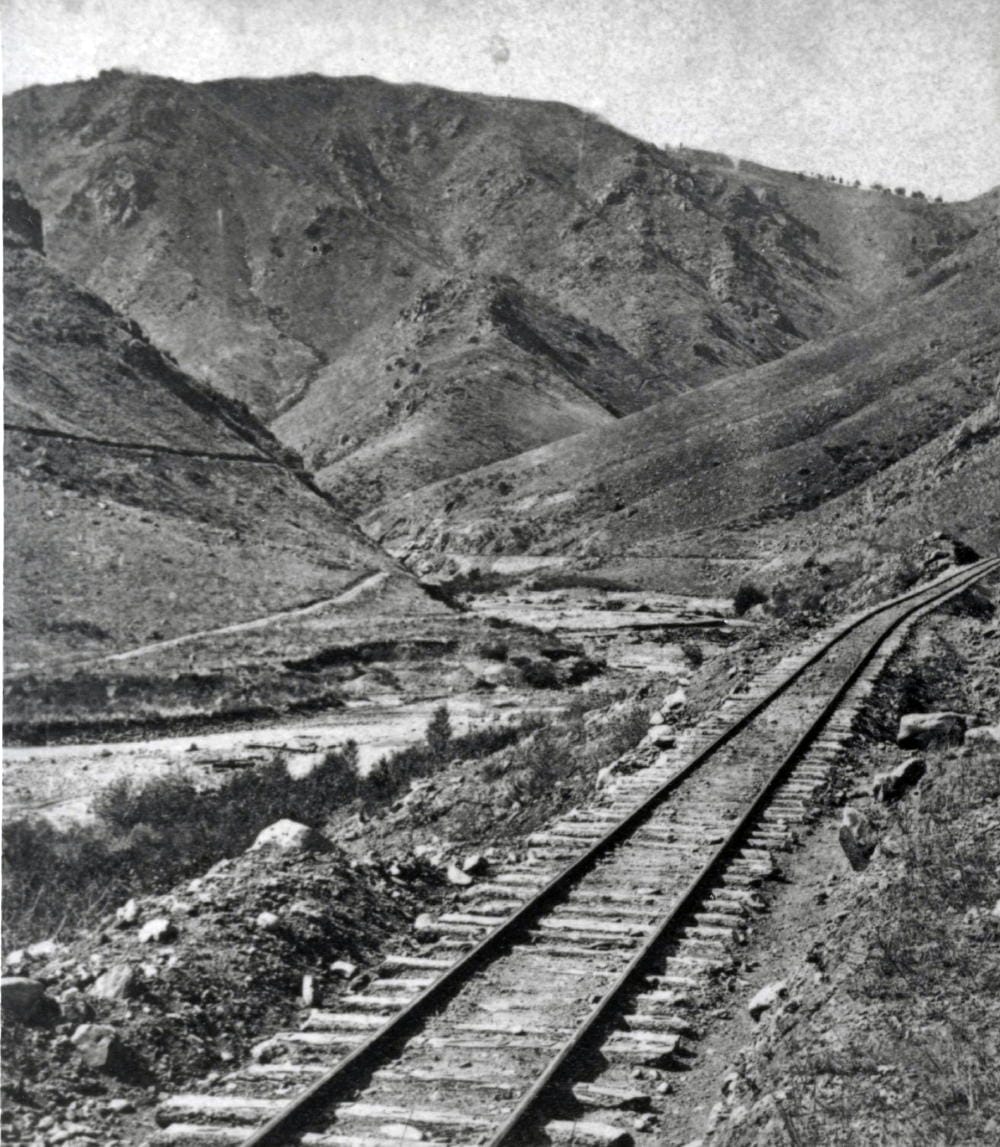
While the canyon (and the railroad) absorbed the worst of the damage, Golden did not emerge unscathed. When the flood burst from the canyon, it brought trees and timbers barreling down with tremendous force. One large beam cracked a water main, which ran under the Washington Avenue bridge Several houses near the Creek flooded, including the ones along 9th Street.
The town of Morrison suffered much worse damage in the same storm. A 20 foot high wall of water had come surging down Bear Creek canyon, and several days later, the downtown still had a foot of standing water. Three bodies had washed down to Morrison by press time, while several people were still missing in the canyon. Boys from the Industrial School went to Morrison to join in the search and rescue effort.
Thanks to the Golden History Museum for funding the online collection of historic newspapers, and thanks to the Golden Transcript for documenting our history since 1866!

